Report this entry
More from the same community-collection
St. Joseph Academy - 1920 - 1929
St. Joseph Academy - exterior of the building located on Oregon ...
Mascot Party El Paso Public Libary
On November 5th 2015 the El Paso Main Public Libary hosted the ...
Mascot Party El Paso Public Libary
On November 5th 2015 the El Paso Main Public Libary hosted the ...
Mascot Party El Paso Public Libary
On November 5th 2015 the El Paso Main Public Libary hosted the ...
Mascot Party El Paso Public Libary
On November 5th 2015 the El Paso Main Public Libary hosted the ...
Mascot Party El Paso Public Libary
On November 5th 2015 the El Paso Main Public Libary hosted the ...
Mascot Party El Paso Public Libary
On November 5th 2015 the El Paso Main Public Libary hosted the ...
Mascot Party El Paso Public Libary
On November 5th 2015 the El Paso Main Public Libary hosted the ...
Mascot Party El Paso Public Libary
On November 5th 2015 the El Paso Main Public Libary hosted the ...
Mascot Party El Paso Public Libary
On November 5th 2015 the El Paso Main Public Libary hosted the ...
Mascot Party El Paso Public Libary
On November 5th 2015 the El Paso Main Public Libary hosted the ...
Mascot Party El Paso Public Libary
On November 5th 2015 the El Paso Main Public Libary hosted the ...
Mascot Party El Paso Public Libary
On November 5th 2015 the El Paso Main Public Libary hosted the ...
Mascot Party El Paso Public Libary
On November 5th 2015 the El Paso Main Public Libary hosted the ...
Mascot Party El Paso Public Libary
On November 5th 2015 the El Paso Main Public Libary hosted the ...
Mascot Party El Paso Public Libary
On November 5th 2015 the El Paso Main Public Libary hosted the ...
Mascot Party El Paso Public Libary
On November 5th 2015 the El Paso Main Public Libary hosted the ...
Mascot Party El Paso Public Libary
On November 5th 2015 the El Paso Main Public Libary hosted the ...
Mascot Party El Paso Public Libary
On November 5th 2015 the El Paso Main Public Libary hosted the ...
Mascot Party El Paso Public Libary
On November 5th 2015 the El Paso Main Public Libary hosted the ...





















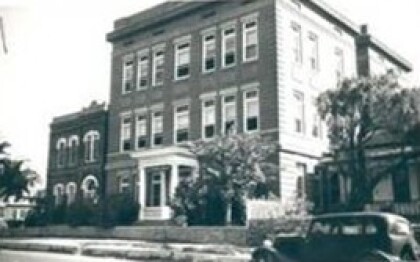
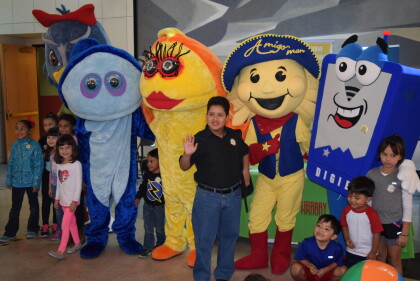
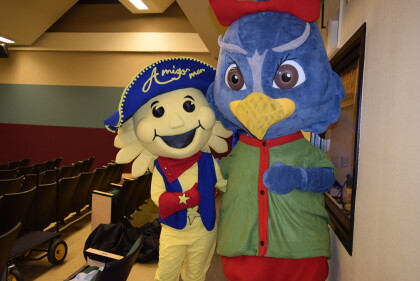
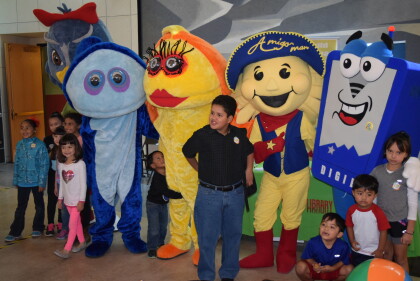
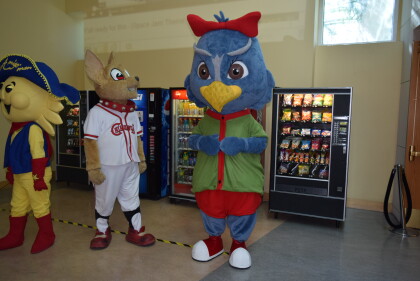

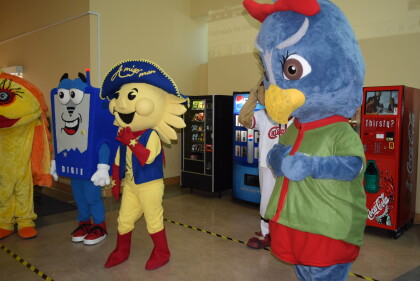
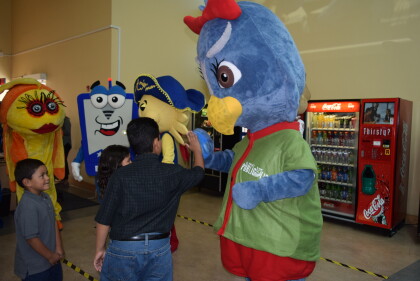
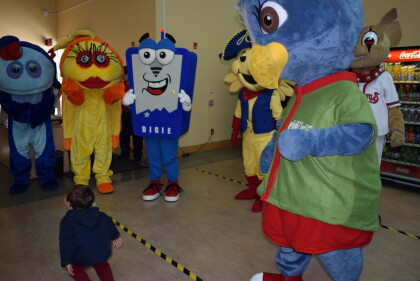
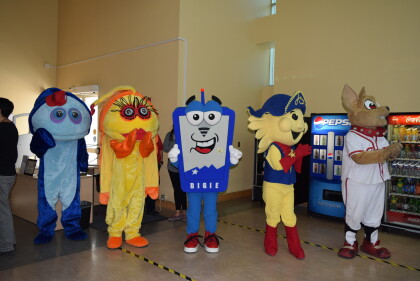
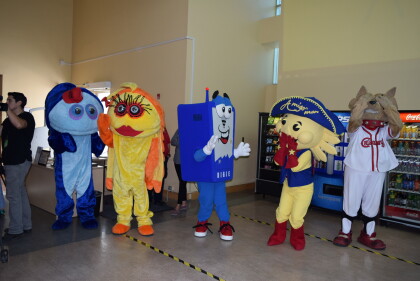
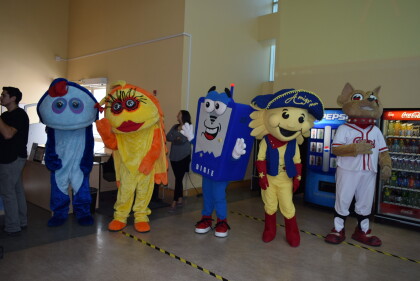
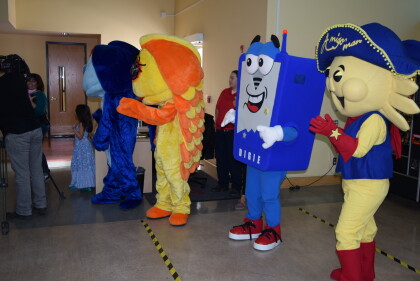
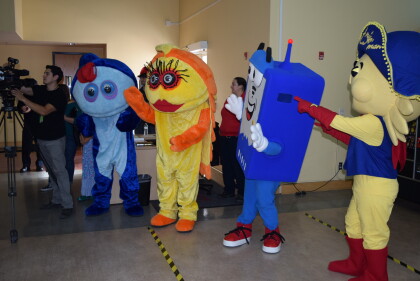
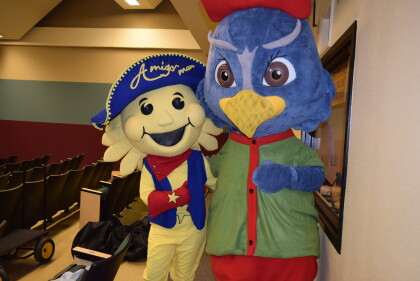
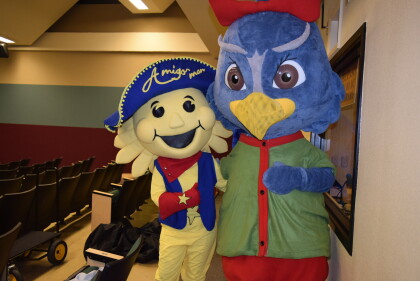
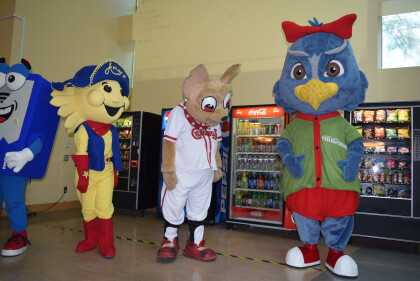
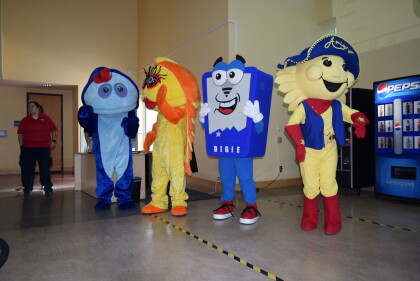
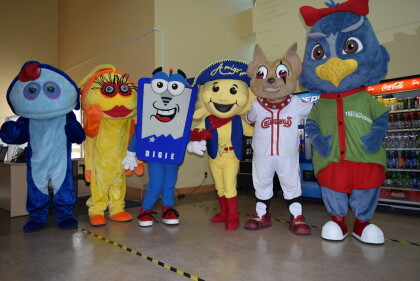
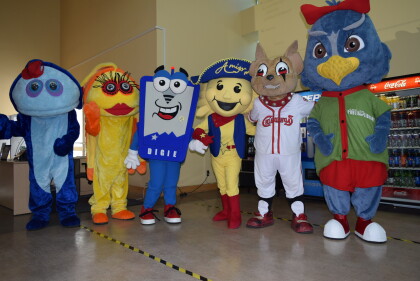
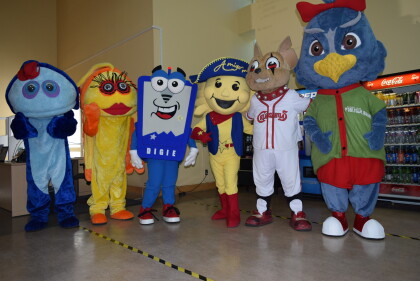
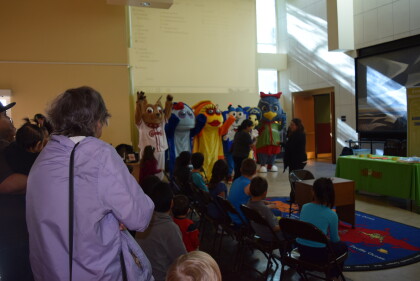
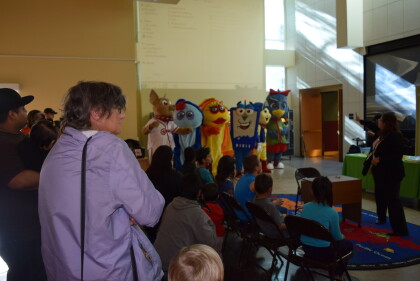
Comments
Add a comment